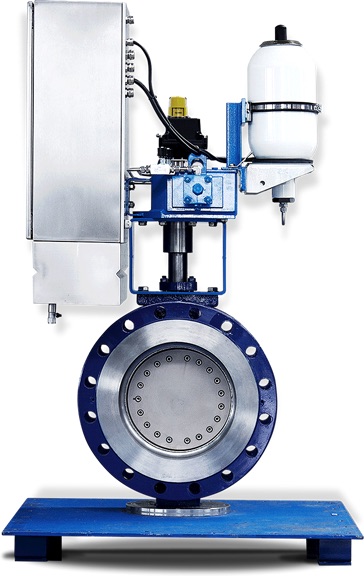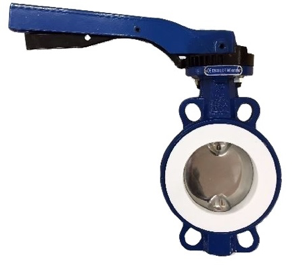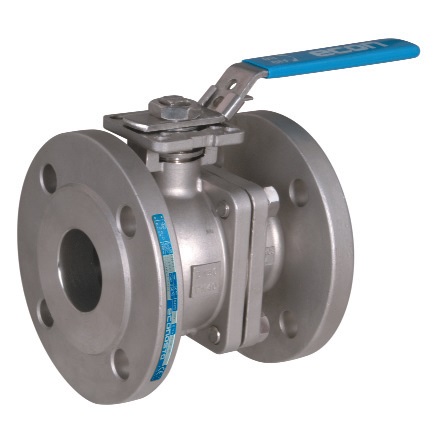
What is the difference between a ball valve and a butterfly valve?
Ball valves and butterfly valves are both shut off valves used to control the flow of liquids and gases. However, they each work using a different mechanism and are suited to different applications, but with some crossover. We take a look at a butterfly valve vs ball valve, including each of their advantages, disadvantages and ideal applications.
What is a ball valve?
A ball valve is a quarter-turn isolation valve that works by restricting or allowing flow through a spherical ball which has a hole bored through it centrally. The ball is held in place using two seats, and a turn of 90 degrees allows the liquid to flow through the bore in the valve when it is aligned with the pipe, creating a stop when closed. A ball valve should not be used for throttling, it should only be used in the fully open or fully closed position.
What is a butterfly valve?
Butterfly valves are available in three different configurations: zero-, double- and triple-offset. The valve in its basic form consists of a disc that rotates around a central axis and seals by deforming the soft seal on the seat of the valve. The other two configurations increase the valve’s capacity for forming a tight seal in more challenging applications and enable the bubble-tight seal that butterfly valves are renowned for, without the need for the soft seal on the seat and without causing wear to the components.
The triple offset butterfly valve has a conical profile, and combined with the cam action created by the second offset, contact between the disc and seat is only made at the point of full closure, with the seal created by a mechanical stop. Triple offset butterfly valves are ideal for use in applications with high pressures and corrosive or slurry types of media and high temperatures.
Ball valve vs butterfly valve: which one is right for your application?
Functionality: A butterfly valve offers throttling capabilities as well as a fully open or shut usage, so if you wish to use your valve to regulate and control the flow rate, a butterfly valve is the better option. However, ball valves are generally accepted to provide a better seal, and, when fully open, do not inhibit the flow as the bore can be the same size as the pipe diameter and so there is no constriction.
Media flow: Ball valves seal extremely well against clean gas, compressed air and liquids, and are good in high pressure applications. Butterfly valves are also great in high-pressure applications, but they also excel in applications where the media flow is harsh; because the triple offset does not require a soft seat to seal against, they don’t have parts that can be corroded easily. The same is true of temperature. Their metal-to-metal shut off makes a triple offset butterfly ideal for environments where the flow is likely to be slurry or contain solid parts; the metal leading edge means that as it seals, it cuts through any obstacle in the flow ensuring a good shut-off without clogging.
Cost: The cost difference in butterfly valves vs ball valves is usually quite significant; ball valves are more expensive to manufacture and to maintain, so if budget is a critical factor then the butterfly valve is likely to come out on top.
Both types of valve have distinct advantages, and the decision over which is most suited to your application should really come down to what you expect of the valve, and what type of media flow it will be working with. If you would like to discuss the ball valve vs butterfly valve for your specific application and you are looking for guidance over which would be best, contact one of our engineers on 0141 762 0657 or email sales@bmengineering.co.uk.



